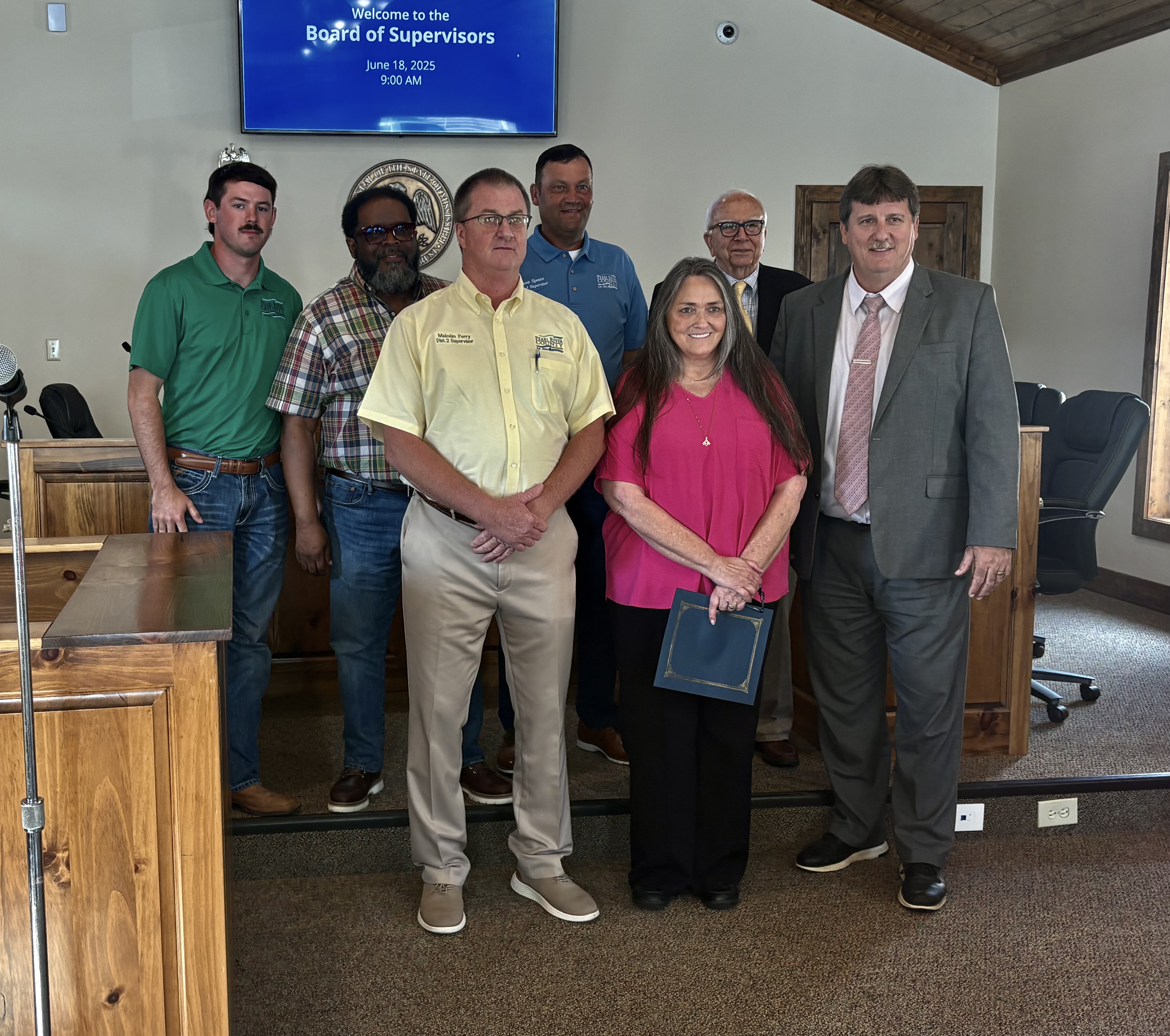Long-term plan disclosed for coast wildlife refuge
Published 12:55 am Wednesday, December 17, 2008
A 15-year plan for the Grand Bay National Wildlife Refuge includes a $7 million visitors center, repopulated Mississippi sandhill cranes and a cleaner Escatawpa River bank.
Developed by the U.S. Fish and Wildlife Service, the comprehensive conservation plan will guide management actions and direction through 2023.
Among the first items on the list is the completion of a 16,000-square-foot visitors center, set to open in the spring. The building will be a major addition to the educational activities offered at the refuge,” said refuge manager Lloyd Culp.
The visitors center is being constructed in partnership with the Grand Bay National Estuarine Research Reserve with money coming from the Mississippi Department of Marine Resources and the National Oceanic and Atmospheric Administration.
“It’s a very unique partnership,” Culp said.
Culp said the plan also calls for the restoration of enough wetland pine savanna to provide a viable habitat for a second population of Mississippi sandhill cranes. The endangered species currently exists only in and around the Mississippi Sandhill Crane Refuge in Gautier.
With prescribed burning to spur plant growth and the continued land acquisition, it could be years before a partial relocation of the cranes is attempted, Culp said.
Culp said the plan also affects those living in houseboats moored along the Escatawpa River on land given to the Grand Bay NWR by International Paper Co.
Refuge officials plan to restore the river bank adjacent to South Pollock Ferry Road and are in the process of informing people living there illegally they need to vacate.
Culp said anticipated cleanup of this site will include abandoned houseboats and vehicles, and various types of debris such as household trash.
Culp said the Grand Bay NWR and the Mississippi Sandhill Crane NWR give Jackson County a unique status.
“Two of the most visible refuges in the country will be in Jackson County,” he said. “You have something very unique to the United States.”
The Grand Bay refuge is 10 miles east of Pascagoula and about 20 miles west of Mobile. It forms part of the Gulf Coast National Wildlife Refuge Complex, which includes Mississippi Sandhill Crane NWR to the west and Bon Secour NWR to the east.
The Mississippi portion of Grand Bay NWR is part of the 18,400-acre Grand Bay National Estuarine Research Reserve, which contains a variety of wetlands habitats such as pine savannas, salt marshes, salt pannes, bays and bayous, as well as terrestrial habitats unique to the coastal zone such as maritime forests. These habitats support many important species of fish and wildlife.





